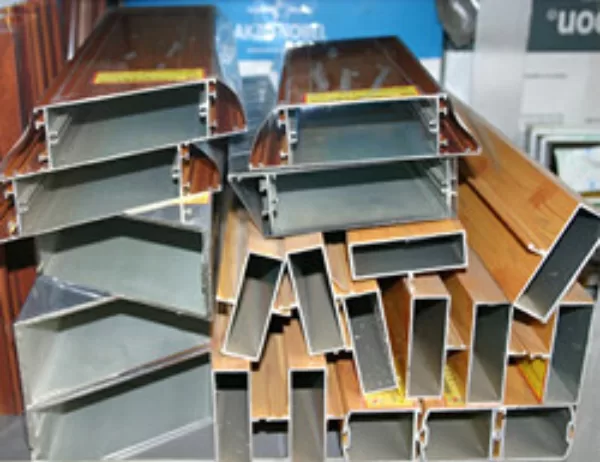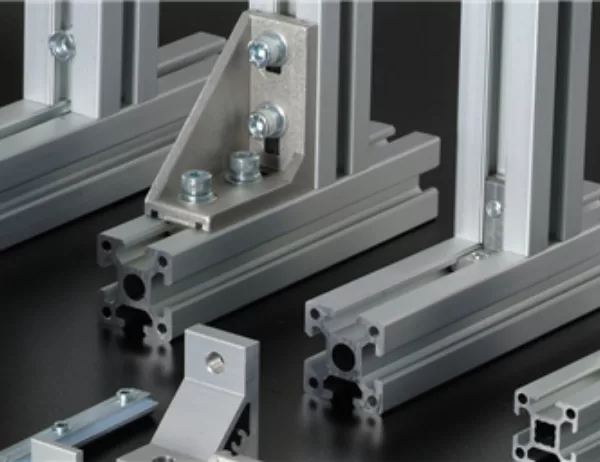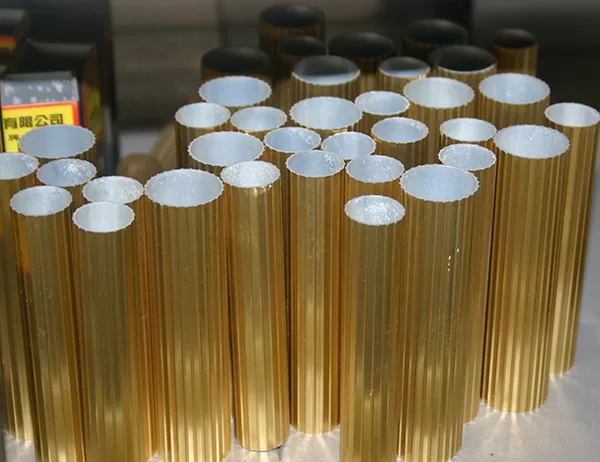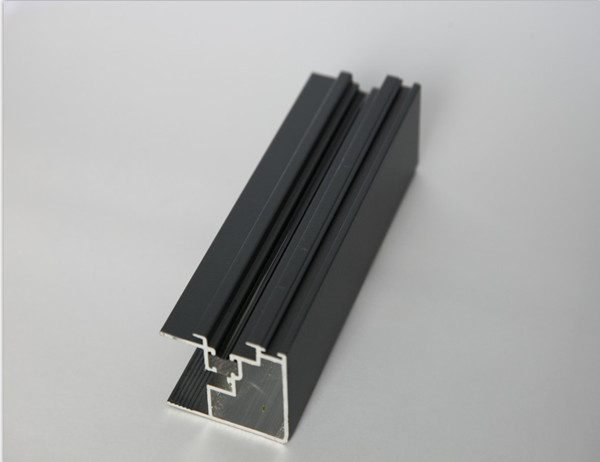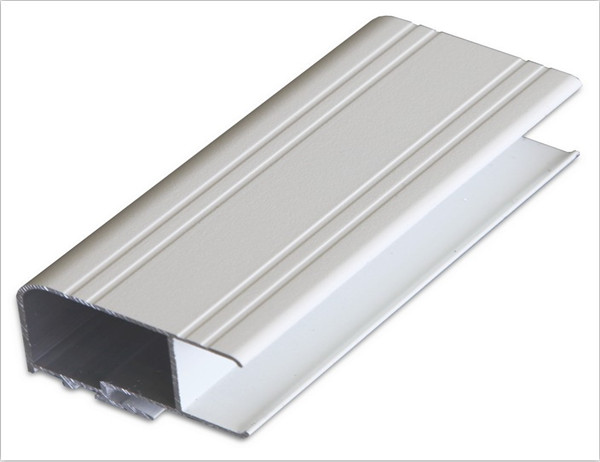Duel of the Titans: Aluminum and Copper in the Heat Sink Arena
When it comes to cooling electronic devices, heat sinks play a crucial role in dissipating heat and preventing overheating. Two prevalent materials used in heat sinks are aluminum and copper, each boasting distinct advantages and drawbacks. This article delves into the fierce battle between aluminum and copper heat sinks to determine which one reigns supreme.
Aluminum: The Lightweight Contender
Aluminum is a lightweight metal known for its excellent thermal conductivity. Its low density makes it an ideal choice for heat sinks that require minimal weight, such as in laptops and smartphones. Aluminum heat sinks are also relatively inexpensive to manufacture, making them a cost-effective option.
Copper: The Heavyweight Champion
Copper, on the other hand, is a heavy and durable metal with exceptional thermal conductivity, even surpassing that of aluminum. Its high specific heat capacity allows it to absorb and store more heat, making it more efficient at dissipating heat over extended periods. Copper heat sinks are preferred in high-performance applications where cooling capacity is paramount.
Comparative Analysis
While both aluminum and copper heat sinks offer effective cooling solutions, their specific strengths and weaknesses vary.
Thermal Conductivity: Copper has a higher thermal conductivity than aluminum, meaning it can transfer heat more efficiently.
Weight: Aluminum is significantly lighter than copper, making it suitable for lightweight applications.
Cost: Aluminum heat sinks are generally less expensive than copper heat sinks.
Strength and Durability: Copper is a more durable material than aluminum, making it more resistant to damage and deformation.
Applications
The choice between aluminum and copper heat sinks depends on the specific application requirements.
Aluminum heat sinks are ideal for lightweight devices and cost-sensitive applications.
Copper heat sinks are preferred in high-performance applications where cooling efficiency and durability are critical.
Conclusion
The battle between aluminum and copper heat sinks continues, with each material excelling in its respective arena. Aluminum’s lightweight and cost-effectiveness make it a preferred choice for low-weight applications, while copper’s exceptional cooling capacity and durability make it the go-to option for demanding environments. Ultimately, the best heat sink material for a particular application depends on the specific cooling requirements and design constraints.
